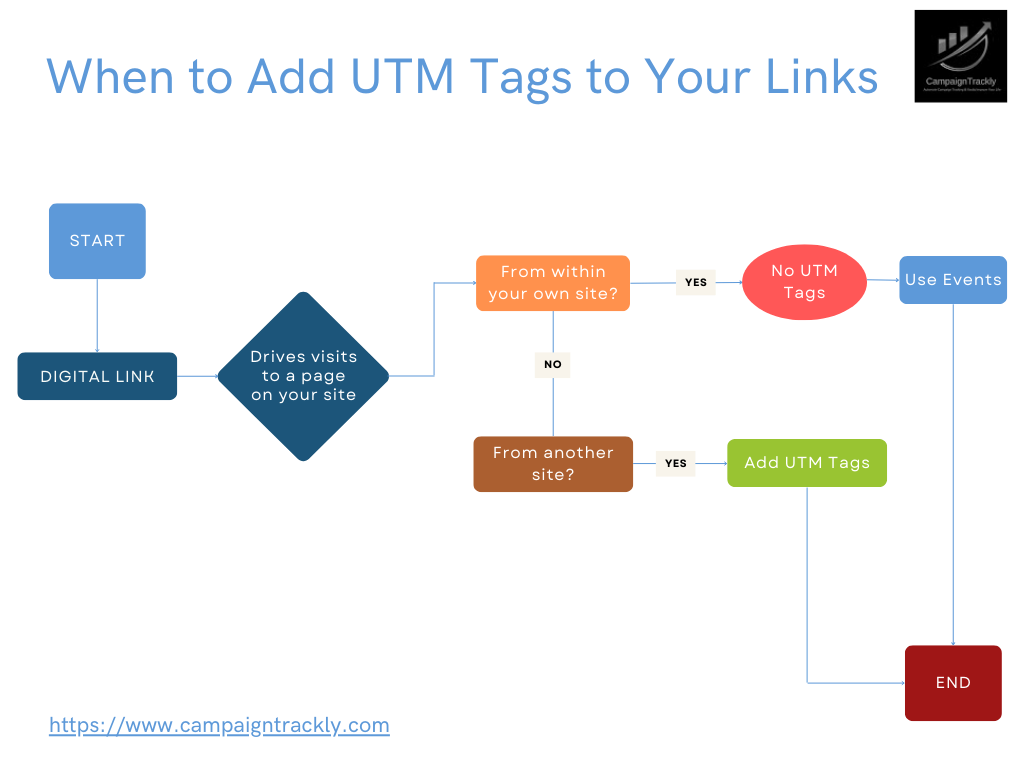The Role of UTM Parameters in Modern Marketing
UTM (Urchin Tracking Module) parameters are URL tags that help marketers track the effectiveness of digital campaigns by identifying the source, medium, campaign, term, and content of incoming traffic. They remain a cornerstone of digital attribution, especially as third-party cookies and cross-site tracking face increasing restrictions due to privacy regulations and platform changes.
Impact of Privacy Regulations and Platform Changes
- Cookie Restrictions and Privacy Laws: The decline of third-party cookies (e.g., Google’s phase-out) and stricter privacy laws (GDPR, CCPA) have made traditional tracking methods less reliable. UTM parameters, however, operate within first-party data frameworks, requiring explicit user action (clicking a link), which aligns better with current privacy standards.
- Platform-Specific Challenges: Apple’s recent decision to remove UTM parameters from links in certain contexts (e.g., Messages) represents a significant shift, limiting marketers’ ability to track campaign performance on iOS devices. This move is part of a broader trend toward reducing passive user tracking and increasing transparency.
- Attribution Gaps: The rise of AI-driven platforms and “dark social” (private sharing via WhatsApp, email, etc.) further complicates attribution, as much sharing happens outside trackable channels. UTM parameters can still capture some of this traffic when links are shared directly, but their effectiveness is reduced when platforms strip or block them.
Future Trends and Adaptations
| Trend | Description | Implications for Marketers |
|---|---|---|
| Automation & AI | Automated UTM generation and AI-driven analysis of campaign data | Faster, more accurate insights; reduced manual errors |
| Multi-Channel Tracking | Unified tracking across platforms and devices | Holistic view of customer journeys; consistent messaging |
| Privacy-Focused Solutions | Emphasis on anonymized data, user consent, and compliance | Increased trust, but potential data granularity loss |
| Integration with Analytics | Deeper integration with analytics tools for real-time optimization | More agile campaign adjustments |
- Enhanced Privacy Features: Future UTM solutions are likely to incorporate more privacy-preserving techniques, such as anonymized data collection and explicit user consent mechanisms, to comply with evolving regulations and consumer expectations.
- First-Party Data Emphasis: As third-party data becomes less accessible, marketers will rely more on first-party data strategies, where UTM parameters play a key role in linking marketing efforts to conversions.
- Cross-Platform Consistency: The need for consistent tracking across web, app, and emerging platforms will drive demand for UTM solutions that work seamlessly everywhere, despite platform-specific restrictions.
Limitations and Challenges
- Platform Restrictions: Actions by major platforms (e.g., Apple’s UTM stripping) can fragment attribution data, making it harder to get a complete picture of campaign performance.
- Data Granularity: Privacy-focused changes may reduce the level of detail available from UTM tracking, as some parameters could be omitted or anonymized.
- Manual Effort: While automation is increasing, setting up and maintaining UTM parameters still requires careful planning to avoid misattribution or data pollution.
Conclusion
UTM parameters remain essential for campaign tracking in a privacy-focused digital landscape, but their utility is increasingly shaped by platform policies, privacy regulations, and technological advancements. Marketers must adapt by embracing automation, prioritizing first-party data, and adopting privacy-compliant tracking practices. While challenges like platform restrictions and reduced data granularity persist, UTM parameters are likely to evolve—not disappear—as part of a broader shift toward more transparent, user-consent-driven digital marketing.





